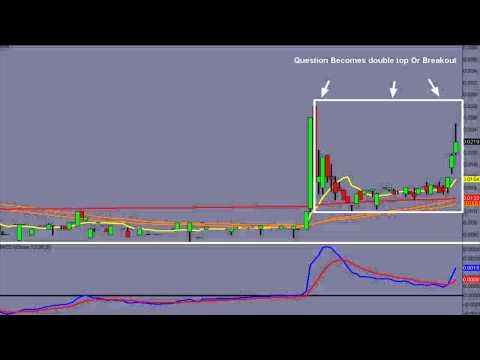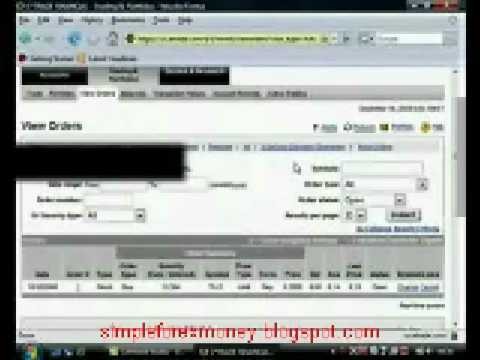Incredible Charts Money Management the 2 Percent Rule
Post on: 16 Март, 2015 No Comment

The 2 percent rule is a basic tenet of risk management (I prefer the terms risk management or capital preservation as they are more descriptive than money management). Even if the odds are stacked in your favor, it is inadvisable to risk a large portion of your capital on a single trade.
3A%2F%2Fwww.incrediblecharts.com%2Ftrading%2F2_percent_rule.php&referer=http%3A%2F%2Fwww.incrediblecharts.com%2F&cb=95415a1013 /%
Larry Hite, in Jack Schwager’s Market Wizards (1989). mentions two lessons learned from a friend:
Hite goes on describe his 1 percent rule which he applies to a wide range of markets. This has since been adapted by short-term equity traders as the 2 percent rule:
This means that a run of 10 consecutive losses would only consume 20% of your capital. It does not mean that you need to trade 50 different stocks — your capital at risk is normally far less than the purchase price of the stock.
3A%2F%2Fwww.incrediblecharts.com%2Ftrading%2F2_percent_rule.php&cb=816c054bc8 /%
Applying the 2 Percent Rule
- Calculate 2 percent of your trading capital: your Capital at Risk
- Deduct brokerage on the buy and sell to arrive at your Maximum Permissible Risk
- Calculate your Risk per Share:

Deduct your stop-loss from the buy price and add a provision for slippage (not all stops are executed at the actual limit). For a short trade, the procedure is reversed: deduct the buy price from the stop-loss before adding slippage.
Imagine that your total share trading capital is $20,000 and your brokerage costs are fixed at $50 per trade.
- Your Capital at Risk is: $20,000 * 2 percent = $400 per trade.
- Deduct brokerage, on the buy and sell, and your Maximum Permissible Risk is: $400 — (2 * $50) = $300.
- Calculate your Risk per Share:
If a stock is priced at $10.00 and you want to place a stop-loss at $9.50, then your risk is 50 cents per share.
Add slippage of say 25 cents and your Risk per Share increases to 75 cents per share.
$300 / $0.75 = 400 shares (at a cost of $4000)
Quick Test
Your capital is $20,000 and brokerage is reduced to $20 per trade. How many shares of $10.00 can you buy if you place your stop loss at $9.25? Apply the 2 percent rule.
Hint: Remember to allow for brokerage, on the buy and sell, and slippage (of say 25 cents/share).














